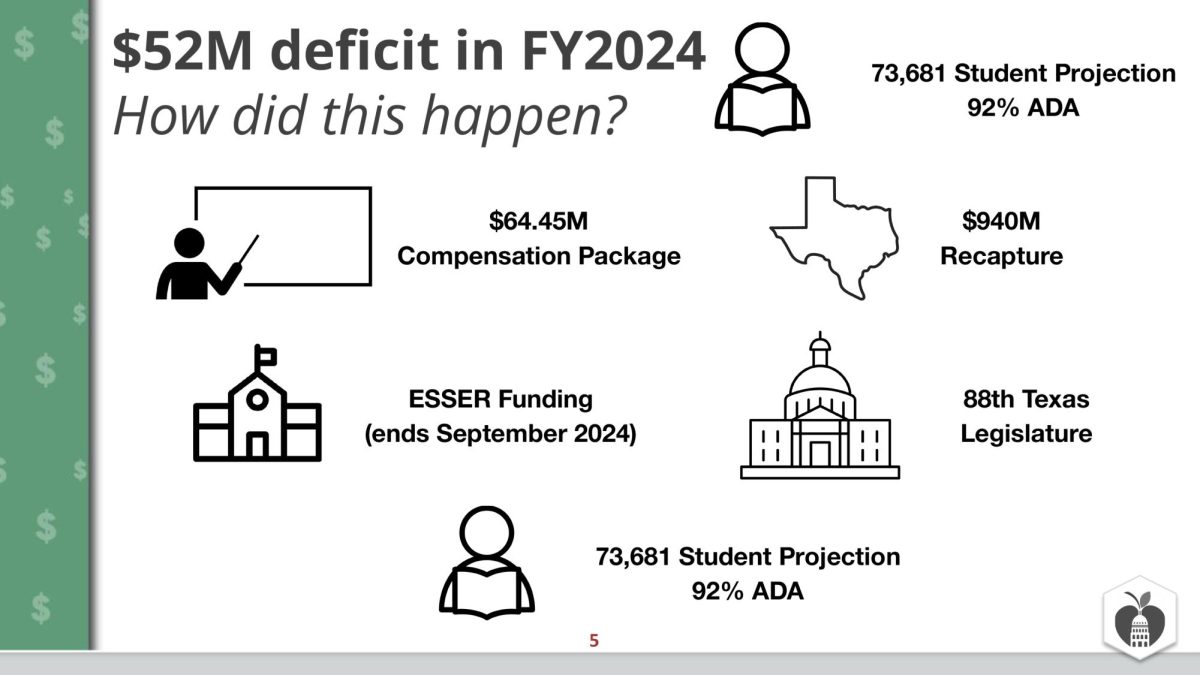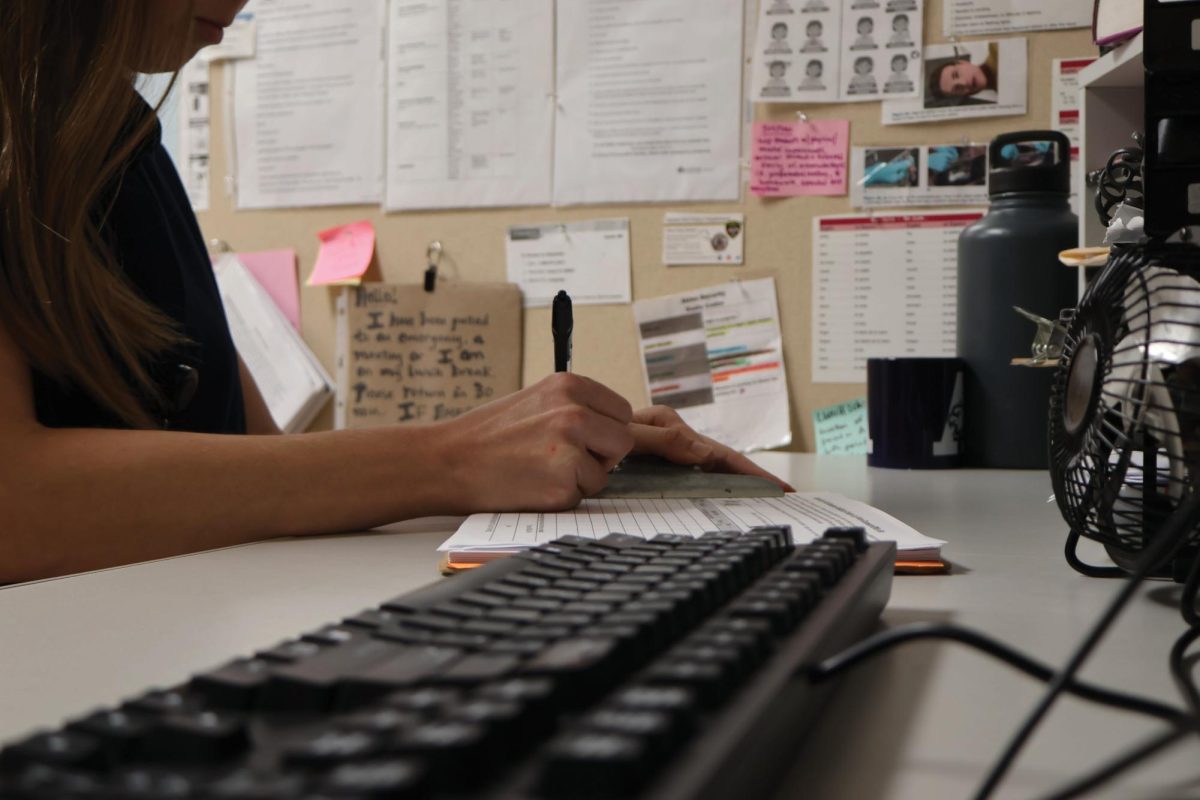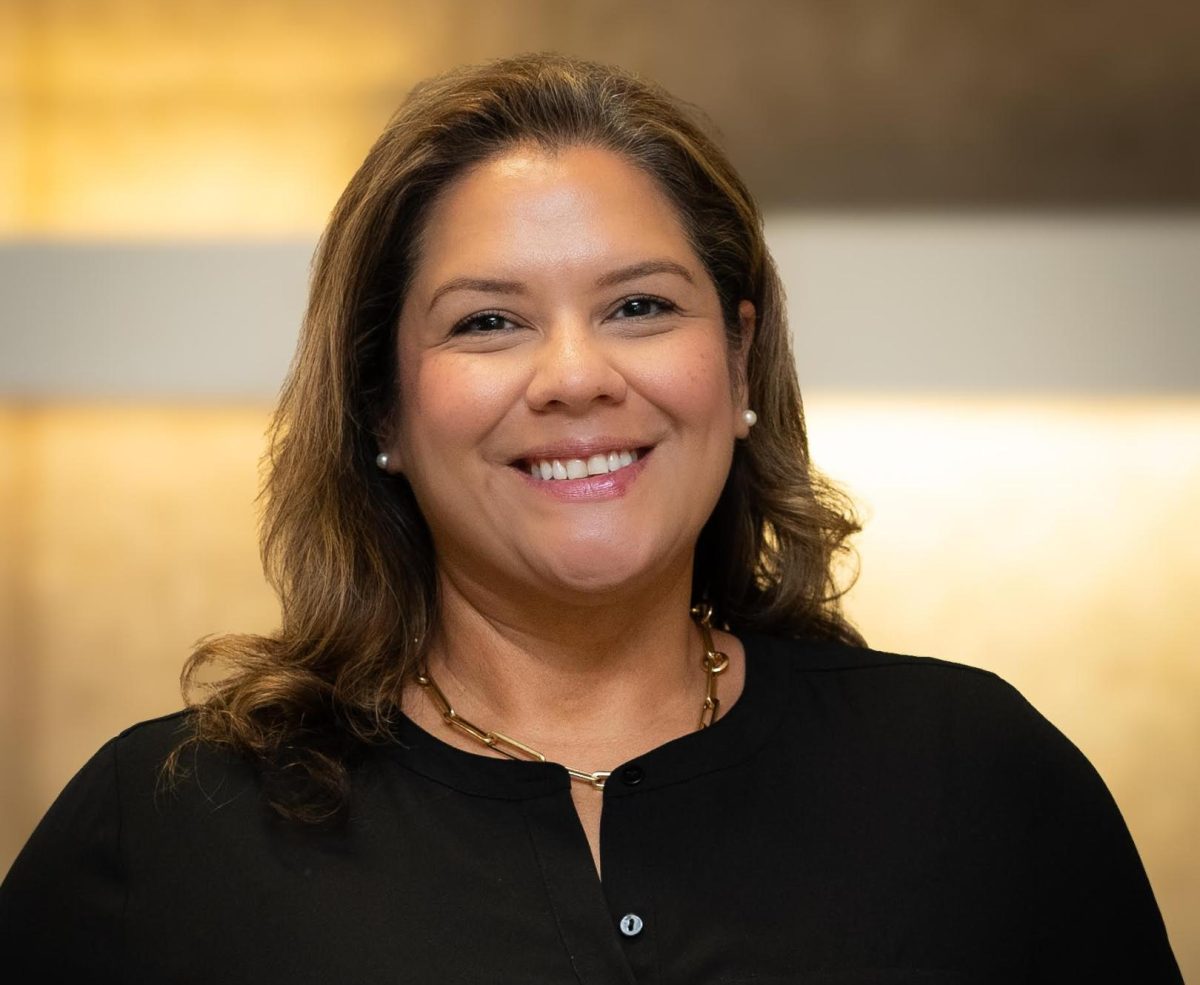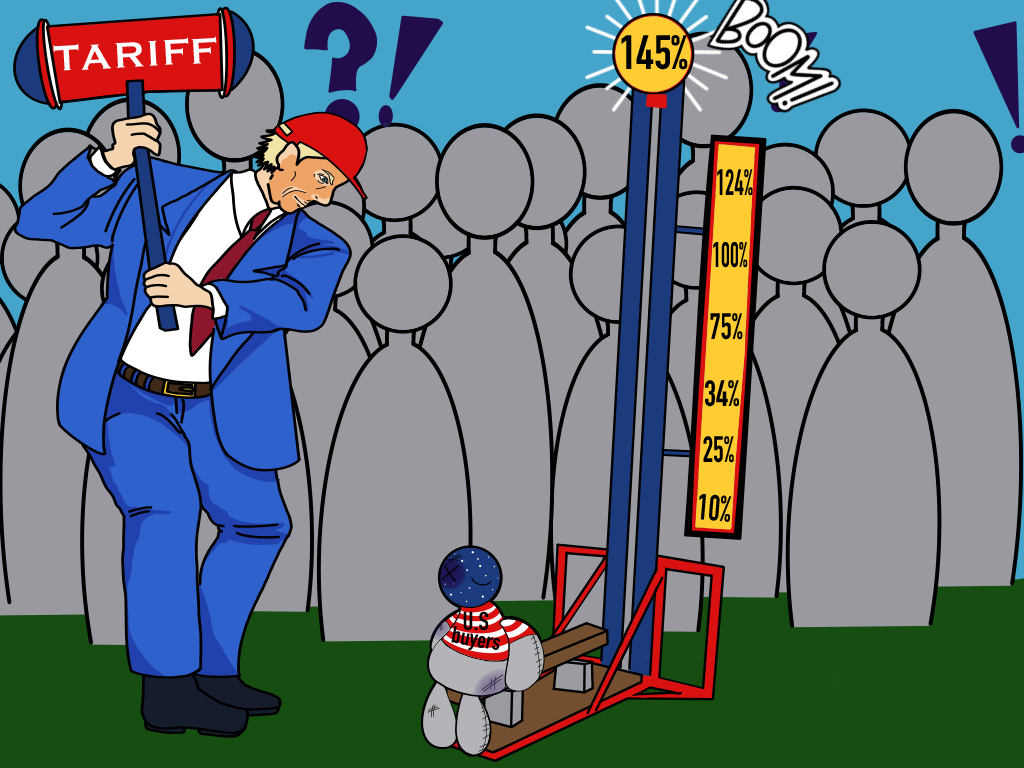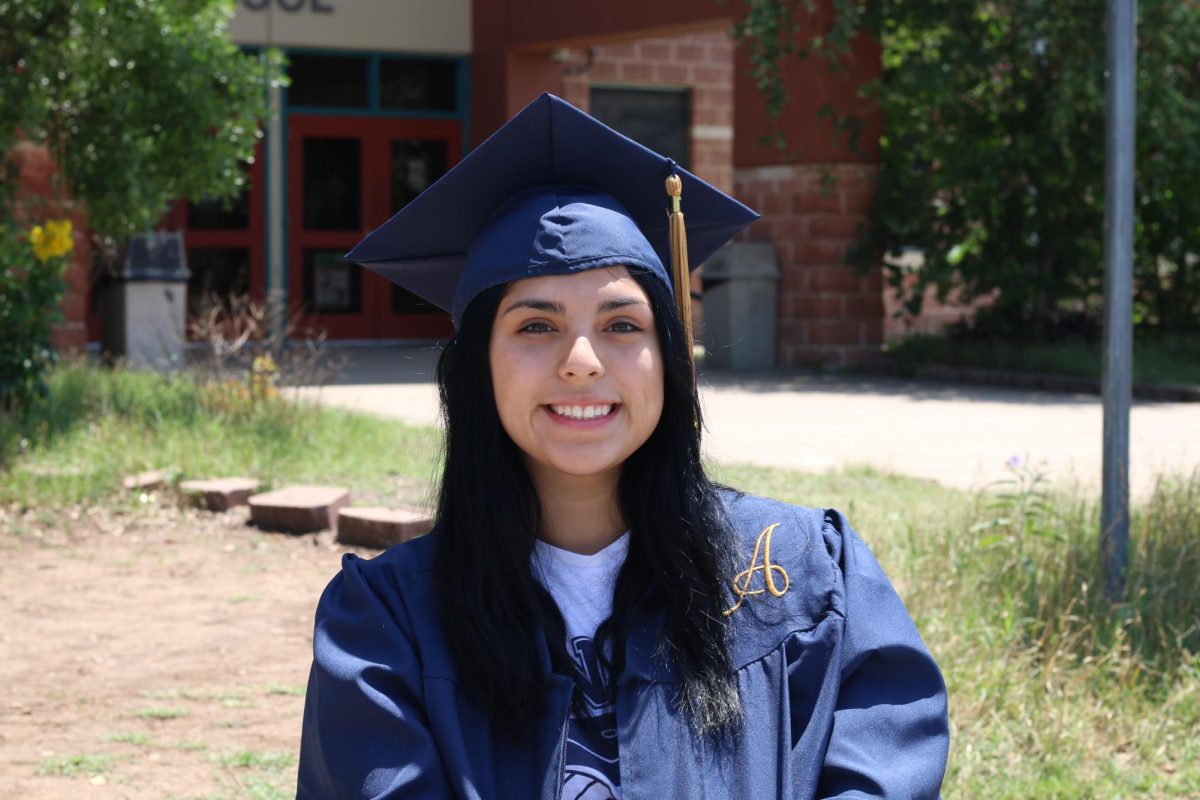On May 9, during a school board meeting Austin ISD officials announced the news that the district would have to cut an additional $29 million from its coming school year budget after already cutting $30 million in April.
District officials have known that budget cuts would be necessary after the Texas Legislature declined to increase funding for public schools during last year’s legislative sessions. The school board has held a series of meetings to find ways to cut the budget without direct impacts on classroom instruction, but the latest financial news might have made that unlikely now.
During the school board meeting, a dual language teacher said that he was told earlier in the week that the district is planning to cut two administrative positions in the multilingual education department. During the meeting, the teacher said that the cuts were “unacceptable” and that it will cause bilingual students will lose quality in their education.
Austin ISD Superintendent Matias Segura acknowledged during the meeting that the new cuts the district is being forced to consider could impact classroom instruction.
“We’re at a point now where almost nothing is not going to be impacted due to the magnitude of cuts we have to take across the district,” Segura said.
After receiving new information from the Texas Education Agency and the appraisal district in late April, the district learned the deficit would be $89 million without cuts. Ultimately, the district said it will have to cut at least $59 million to meet the district’s required cashflow and savings requirements.
The Austin school board decided to take on a $52 million deficit during the current 2023-24 school year budget. It decided to spend $64 million last school year to provide staff raises in hopes of reducing the number of teachers quitting for higher-paying jobs elsewhere.
Austin ISD leaders had hoped that the Texas Legislature would have passed a law that would increase funding to public schools last year, but that did not happen. Instead, Gov. Greg Abbott said he would not support an increase in school funding unless lawmakers first passed a voucher law that would allow parents to spend public tax dollars at private schools.
In a May 10 press release from the school district, District 3 Trustee Kevin Foster criticized state leaders for the district’s financial problems.
“We are living under a crisis 100% manufactured by the state,” Foster said. “We have enough money to run two school districts this size if the state didn’t rob us by ridiculous laws that they pass.”
Another cause of financial strain for the district is that enrollment in Austin ISD has remained on a steady decline for the past five years. From the 2017-18 school year to the 2022-23 school year, the district experienced a 10% decline in enrollment. Enrollment and attendance are two contributing factors that decide how much funding districts receive from the state.
Akins is likely to experience some of the impacts of the budget cuts as campus officials are noticing lower enrollment numbers for the next school year. Cecilia Gutierrez, Career and Technology and Education Department chair, said she is concerned about lower numbers of incoming freshmen.
“It always makes us nervous,” she said. “One of the ways that I approach it is just wait and see. And then when we do hear what’s happening then sometimes we just need to figure out if it’s something that we need to push back against and fight for, or if it’s something that is not going to be changeable. Then we need to figure out how we can pivot to best serve our students.”
The cost of education, including staff, facilities, utilities, and materials, continues to increase. There has not been an increase in funding for 5 years and inflation has increased 19% since then. With prices increasing without state funding also increasing, it cuts further into the budget and forces more budget cuts.
Recently, the school board has been looking into a Tax-Rate Election to increase taxes by 9 cents to increase school funding. Those funds would allow the district to consider investments in staff pay increases, campus support staff, and replenish some of its savings.
District leaders will work to find reductions before the June 20 board vote on the budget. If the district decides not to fill staff vacancies, it could make it more difficult for new teachers to work in Austin ISD.
Grayson Hackney, who is a student teacher that will have a full-time job in Austin ISD next year, said she is concerned about hiring and support that the district will be able to provide to new teachers as it being forced to cut its budget.
“I think that your first year of teaching is hard enough already, it would be helpful if there were more people employed to help make things go smoother,” she said.

